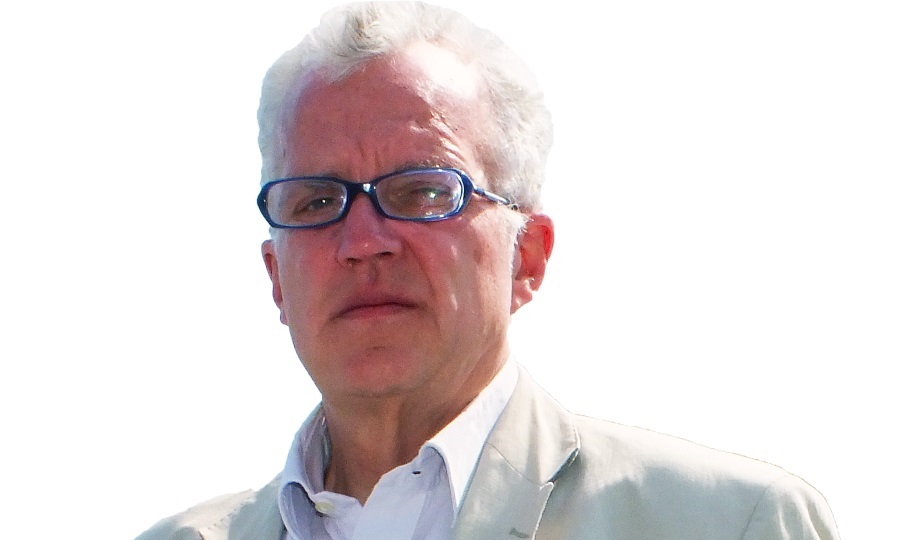In the hotel in Goa where I have just spent two weeks, the local newspaper was delivered every morning to my room. And transport was hardly ever off the front page. Sometimes it was gory coverage of road traffic ‘mishaps’ as they were euphemistically called, with rather too much detail: did we really need to know that the faces of two poor youths killed on their motorcycle by a truck ‘were too mangled to identify’.
More often, though, it was transport policies of local or central government which featured in the Goan press. One day the paper splashed, for example, on the fact that first class sleeper fares on Indian Railways were being cut by 18 per cent to compete with low cost airlines. There was, too, constant speculation about whether the plan to build a new airport for Goa would be shelved, even though the current one seemed to be perfectly adequate, though it could have done with more terminal space.
Transport, therefore, seems to have a higher place in the political agenda than in the UK. That’s hardly surprising given the people’s daily experience of transport on the streets. The roads are completely inadequate, and mostly consist of two lane highways with a ribbon of land on either side to cater for the lunatic overtaking that is standard practice. India is at last getting a network of highways linking the main towns such as Mumbai, Chennai, Delhi and Kolkotta, but the rest of the road systems remains primitive and speeds are low: using top gear is a rare event in most places.
In towns, no one gives way until they absolutely have to. It seems like a selfish way to drive but, in fact, it does seem to enable an efficient allocation of a scarce resource. I did not see any traffic lights in Panaji, the largest town in Goa, and I doubt if the signals would have been obeyed had there been any.
In the nearby town of Margao, the state’s commercial capital, there was an example of one of those transport follies that were a common feature of Victorian times (see my book on the London Underground, The Subterranean Railway for lots of examples). Stretching for nearly a mile in an industrial area near the centre of town, there was the track of an overhead railway 30 foot in the air. At the end of the line, in an area of brush and forest, there was the terminus with a couple of small cars rusting quietly in the damp tropical heat.
This was the Margo Skybus, which had been planned to link several of Goa’s major towns. The Skybus was promised as a cheap ‘maintenance free’ system powered by electricity and using technology developed in Austria but adapted by Indians specially for the project. The project was the brainchild of B Rajaram, the managing director of the local Konkan railways who even foresaw the system being used to take freight and therefore reduce the number of trucks on the road. The emphasis was on indigenous technology that was less expensive than underground railways or other urban mass transit systems and would allow very cheap travel – just 5 rupees (7p) for a 5km journey.
Such ambitions have often been stated for transport innovation before and the project has now stalled following an accident in which a fitter was killed when a coach went too fast and hit a pillar on a test run. Moreover, there was a problem over funding because – and this could only happen in India – it was unclear whether the project was a train (which would receive funding from the railways ministry via Indian Railways) or a bus (which would be supported by another ministry). This created problems, too, over who would issue the safety certification.
With a change in political control at the state level, there is now talk of a conventional monorail using existing Western technology and therefore the 1.6 kilometre track is likely to be one of those white elephants that will attract visitors for its curiousity value for many years to come, but which, sadly, will never see the light of day in commercial use.
